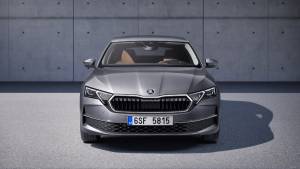Return of the Trident: Triumph brings back the affordable naked
The middleweight 650-700cc street bike segment is perhaps not as hotly contested as the 400-500cc genre, but it is a sweet spot for power, practicality and affordability. It has created some underrated gems like the Honda CB650R, the Kawasaki Z650 and the Yamaha MT-07 and Triumph believes there is space for more players in this segment. A triple-cylinder street bike could just be what the doctor ordered. We would agree looking at the sheer number of prospective 650 owners choosing pre-owned Street Triples (at least in India). And Triumph's upcoming contender in fact, has a few things in common with the Street Triple. Read on.
For their new offering, Triumph is bringing back a name from their history books - the Trident.
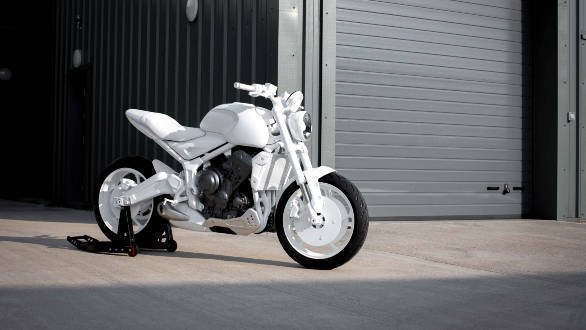
The Trident finds its roots in the late sixties, when it was a standard roadster, which like most Triumph motorcycles then, looked like a derivative of the Bonneville. But dive into Triumph's Bloor-era history and you would find the Trident as a typical 90's street bike with a sporty tank, step-seat and snazzy graphics. The new Trident will take off where the previous model left off, and like its name, even the design will tap into the modern-retro genre - much like the Honda CB650R it aims at. Like it's Japanese rival, the Trident too will have a sportier intent to mark a clear distinction over its classic siblings from the Bonneville and Thruxton families.
Think of it as a love-child of the Speed Twin and the Street Triple, with the inspiration for the round headlamp and wedge-shape tank coming from the Speed Twin, and the sportier chassis components like the design of the frame, the engine configuration, inverted forks and mono-shock suspension, and a sharp tail section, showing hints of the Street Triple's attitude. The retro theme has little in common with the yesteryear Trident, what you see here is looks smart, and to me the Trident looks like a Street Triple made even friendlier.
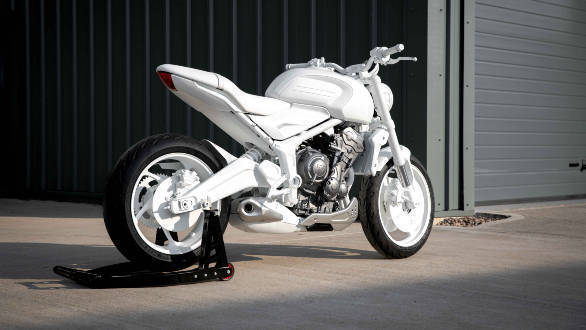
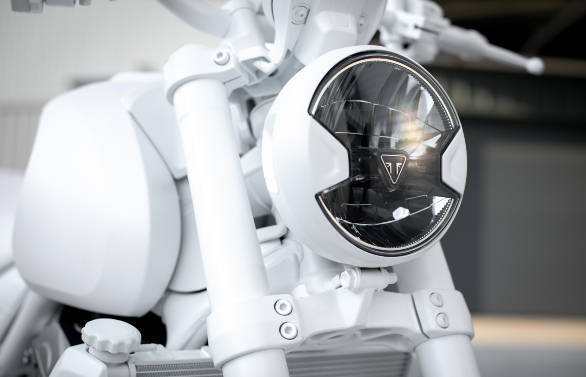
The Trident's lean design proudly shows off its biggest trump card - the triple-cylinder engine - as it draws the most attention at least on this black and white prototype. The exposed frame, the drilled bash plate, and the underbody exhaust muffler add hints of ruggedness to the motorcycle. The sharp tail with its Daytona-inspired taillight look great and I hope Triumph puts the registration plate on a wheel hugger to maintain the Trident's streetfighter stance. In my opinion, the right-hand side profile is the best angle to view the Trident from and the gull-wing shape on this side of the asymmetric swingarm contributes to that thought.
Apart from drawing a few design cues from the Street Triple and the Speed Twin, there is nothing that the Trident shares with those motorcycles. The tubular frame is all new and interestingly, and I expect the seat height to be between 820-830mm which fit riders of 5'5" and above quite well. Triumph assurers that the suspension and braking components will be from its premium parts bin, but given the competitive pricing the Trident aims at, don't expect top-drawer equipment. For example, the brakes will come from Nissin and will have the more cost-effective axial mounted setup and could be similar in spec to the Bonneville T120. The tyres on the prototype seen here are the street-friendly Michelin Pilot Road 5 in 120/70-R17 and 180/55-R17 sizes for the front and rear respectively.
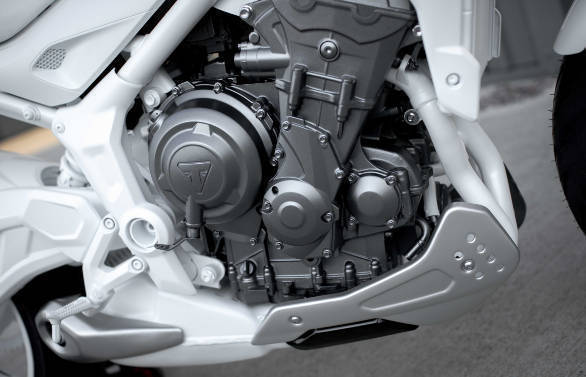
Motivation for the Trident will come from a three-cylinder engine derived from the Daytona 675's powerplant. While the Trident of the 90's had an engine size between 750-900cc, I expect the new 2021 Triumph Trident to get an engine that is between 675-700cc. That will not only help it establish an upper hand over its rivals, it will also prevent any kind of cannibalisation with the lower variants of the Street Triple. Being a motorcycle aimed at newbies, the Trident has been developed with the global A2 licensing norms in mind, and therefore its power output will be under 100PS and on par with its rivals. The electronics package will certainly include riding modes, traction control and dual-channel ABS. While a basic LCD display is likely, it is expected to have Bluetooth connectivity.
Triumph is tight-lipped about whether or not there will be other iterations of the platform that underpins the Trident. But since the blokes at Hinckley categorically mentioned the Honda and Kawasaki 650s to be the Trident's natural rivals, it is natural to expect more variations of the platform. We have already seen Triumph take that expansion route with the Bonneville range and with news of a Honda CB650X tourer soon joining its compatriots, the Kawasaki Versys 650 and Suzuki V-Strom 650, a sport tourer based on the Trident (a Sprint 650 maybe?) can't be ruled out!
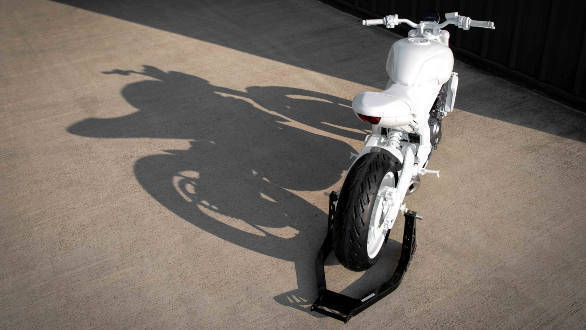
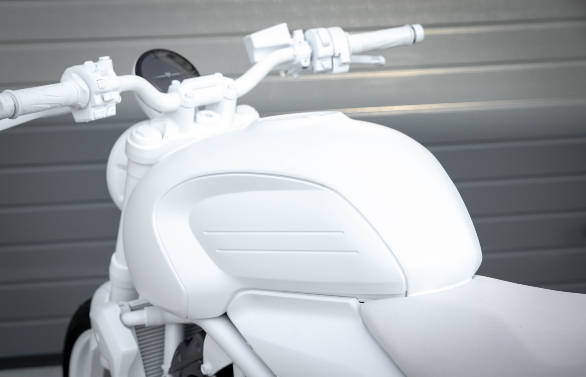
So why am I maintaining this speculative tone? That is because Triumph has only revealed the design of its new motorcycle so far. The specs will be revealed as we start moving closer to its early 2021 launch. While the Trident has been designed and developed at Triumph's headquarters in Britain, it will be manufactured in Thailand. What's exciting is that Triumph confirms, that the Trident will be its most accessible motorcycle until the smaller entry-level motorcycles start rolling out from the Triumph-Bajaj alliance. This means that you could a get a sporty motorcycle that feels as friendly as a Street Triple, at a price that is lower than a Street Twin! That will be the biggest draw for the Trident. Its relaxed ergonomics will also make it more democratic and appeal to bikers ranging from newbies venturing out into the middleweight genre to those wanting to come back to motorcycling but with a friendly tool.



